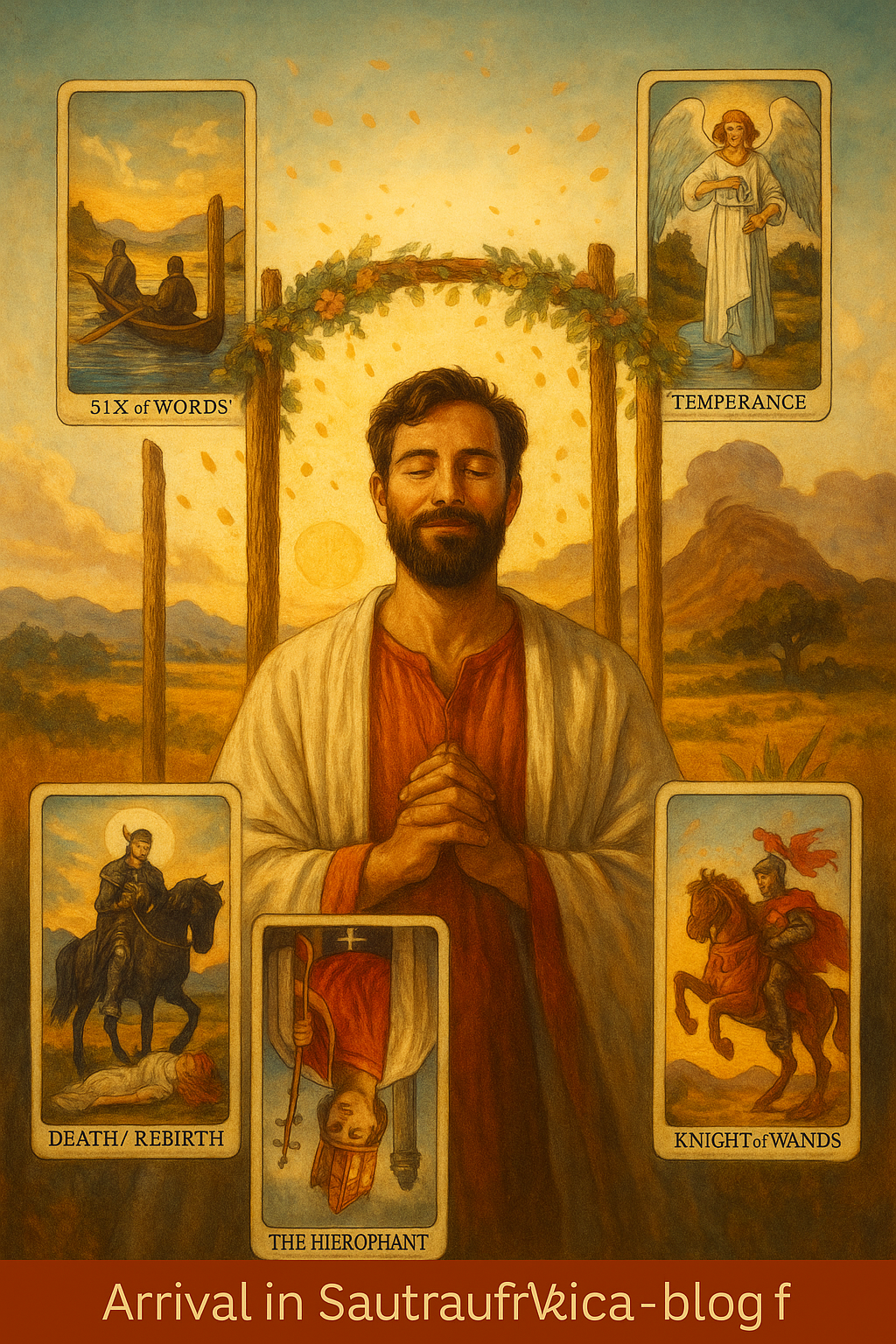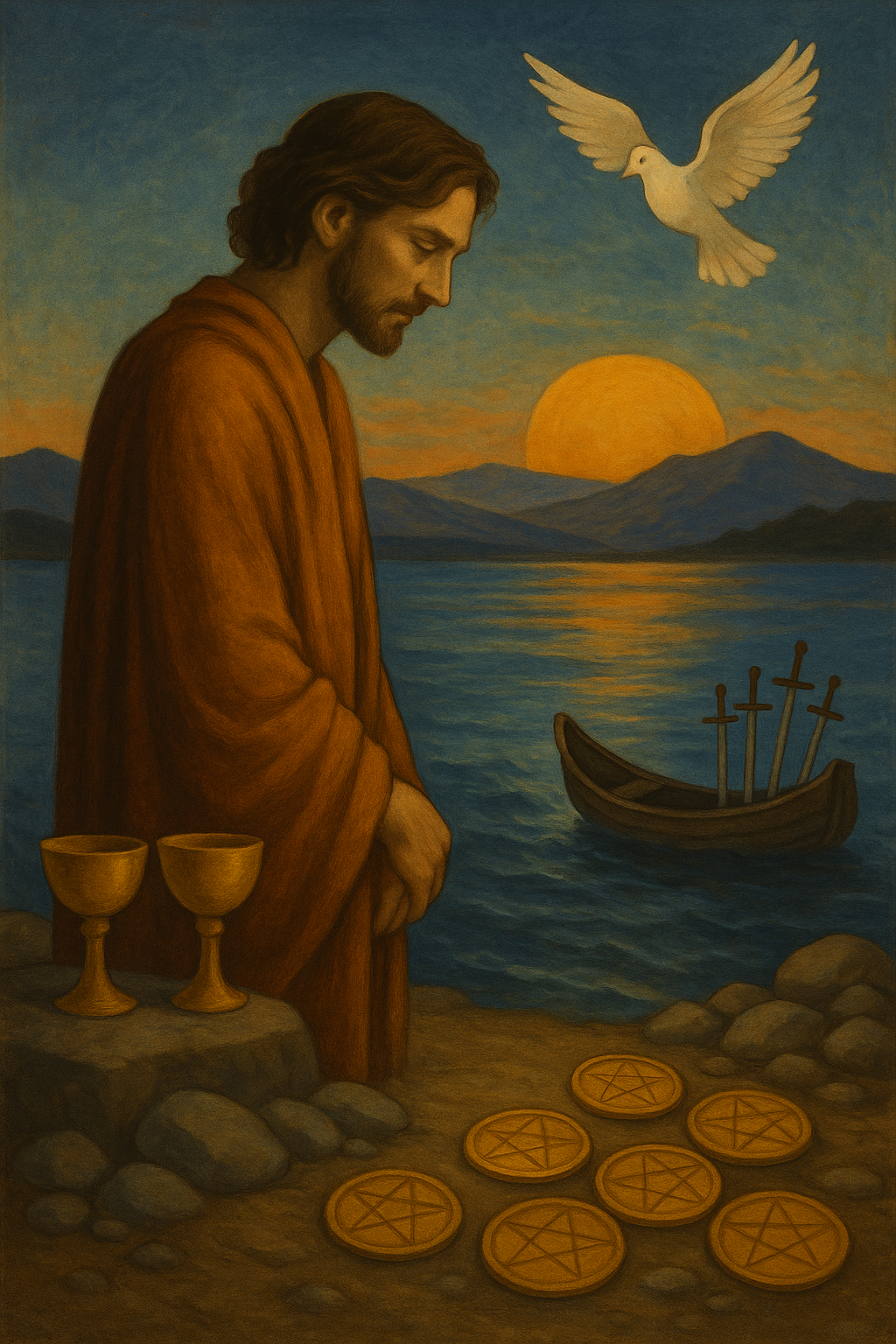The Wakeful Hours
At 3 a.m. I awoke, restless, unable to fall back asleep. Instead of resisting, I chose to stay awake for an hour — reading Dante’s Inferno and reflecting on the Old Earth message I’d received yesterday. It brought me again to the question: how do I navigate the pull of the Old Earth while trusting the joy that rises in me?
The Buddhists remind us that joy and suffering are twins. If one seeks joy in this human life, one must also accept the suffering that comes with it. Happy days!
The Bottleneck of Lucidity
Staying up in the night after four hours of sleep is like creating a bottleneck. The dreams gather, waiting, and when sleep returns, they flood through with intensity. This practice increases the chance of lucid dreaming a thousandfold.
I remember doing this in Africa during my 40 days and 40 nights. Now, I’m not in that same phase, but I still noticed the shift. I didn’t lucid dream this time, but I held the awareness of what is possible.
A Later Morning
I woke again at 7:11. Later than usual, but with more ease. My morning practices — meditation, movement, energy work — grounded me. I thought about my next trip, perhaps fitting in the gym beforehand. But mostly, I realized: I feel better for staying here. Perhaps I’ll remain another day, not rush forward.
Letting Go of the Old Earth Pull
The Old Earth’s dense energy waits — notary documents, signatures, logistics. For now, I release them. They can wait until next week. I don’t have to do anything today. Instead, I sit with what is here.
It strikes me how much of life mirrors dreaming. In dreams, we see, taste, smell, hear — yet none of it is physical. It is consciousness, perception, projection. So why cling so tightly in waking life?
What if I let go here, too?
Not abandoning action, but releasing the grasp of needing, doing, wanting. Allowing being itself to lead.
Closing Note
The practice is trust. To rest in the dream of this life as much as in the dream of night. To trust the Divine, and let the flow carry me.
Blessing.
—Tarot Spread—
1. Presence in the Night — Knight of Swords
Main question: What deeper meaning is held in waking at 3 a.m. and being drawn into study and reflection?
Sub-question: How can I use these quiet hours to deepen awareness rather than simply pass time?
The Knight of Swords shows this waking moment as a surge of mental energy — your mind charging ahead, even in the silence of night. Rather than seeing the interruption as distraction, it’s an opportunity to seize clarity quickly, like the Knight seizing his sword. The deeper meaning is momentum: Spirit is asking you to ride the edge of wakefulness with focus. Use these hours not to drift, but to aim your thoughts toward reflection, writing, or study. This transforms restlessness into directed awakening.
2. Joy and Suffering — Eight of Cups
Main question: How do I learn to hold joy and suffering together as twin flames of the human experience?
Sub-question: What practice anchors me in joy when suffering inevitably arises?
The Eight of Cups is about walking away from illusions to seek something higher. Here, it suggests that joy and suffering are not opposites but companions on the same path. The practice is conscious turning — not clinging to either joy or pain, but choosing to walk through them as passages. When suffering rises, the Eight of Cups invites you to look beyond immediate feelings and return to what truly matters: the deeper journey of soul. Joy is anchored when you stop chasing it, and instead walk toward alignment.
3. Lucid Dreaming and Awareness — The Chariot
Main question: What are my dreams trying to teach me when they rush through the bottleneck of half-sleep?
Sub-question: How can I deepen my capacity to bring dreamlike awareness into waking life?
The Chariot speaks of harnessing opposing forces — conscious and unconscious, waking and dreaming. Your dreams are training you to steer between these realms, teaching you mastery of direction. To deepen awareness, you must hold both reins: discipline in daily practice and surrender to dream flow. Just as the Chariot rider balances black and white horses, your task is to balance lucidity with surrender — to know you can guide the dream without forcing it.
4. Letting Go of the Old Earth Pull — Eight of Wands
Main question: How do I release the dense weight of Old Earth responsibilities without avoiding what needs doing?
Sub-question: What perspective helps me handle practical demands without losing my spiritual presence?
The Eight of Wands shows movement, momentum, and swift progress. Rather than resisting Old Earth demands, the card suggests flowing through them quickly and cleanly. Address what must be done with speed, focus, and then release it. Don’t dwell, don’t drag. The perspective is this: Old Earth matters are arrows in flight — handle them, let them land, and move on. The faster you move through them, the less weight they hold.
5. Trust and the Divine — Four of Swords
Main question: Can I trust the flow of the Divine enough to let being lead over doing?
Sub-question: What reminder keeps me from slipping back into striving and grasping?
The Four of Swords is rest, stillness, sacred pause. The Divine speaks through rest as much as through action. Yes, you can trust — but the reminder is to consciously pause, to rest your mind and body as an act of faith. Striving comes from fear; resting comes from trust. Every time you feel the pull to push, the Four of Swords invites you to lay it down and breathe — remembering that even in stillness, the Divine is moving through you.
6. Impermanence and Habits — Eight of Swords
Main question: What is impermanence teaching me through habits I pick up and drop so quickly?
Sub-question: How can I strengthen only the habits that truly serve my highest path?
The Eight of Swords reveals self-imposed limitation — the way thoughts and old patterns bind you. Impermanence is teaching you that you are not trapped by habits; they are choices, not chains. The card urges awareness: see where you tell yourself “I can’t” or “I failed,” when in truth the bonds are loose. Strengthen habits by removing the blindfold — consciously choosing only what aligns with freedom, not fear. Habits are not destiny; they are tools.
7. Surrender as Practice — Temperance
Main question: What does it look like to treat surrender not as a one-time act but as a daily practice?
Sub-question: How do I train the muscle of surrender so it becomes part of every action I take?
Temperance is the card of balance, blending, alchemy. It shows surrender as a continual practice of harmonizing — pouring from one cup to another, again and again. It is not once-and-done; it is a rhythm. To train this muscle, you must consciously choose moderation, patience, and balance each day. Every act — eating, speaking, working, resting — becomes an opportunity to blend your will with the Divine’s. The practice is not dramatic; it’s gentle, steady, constant.



